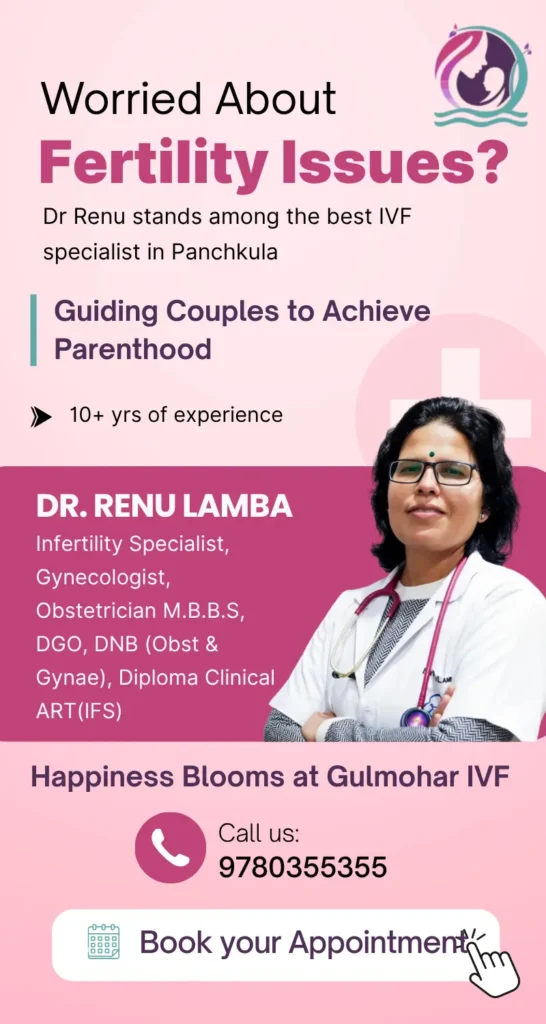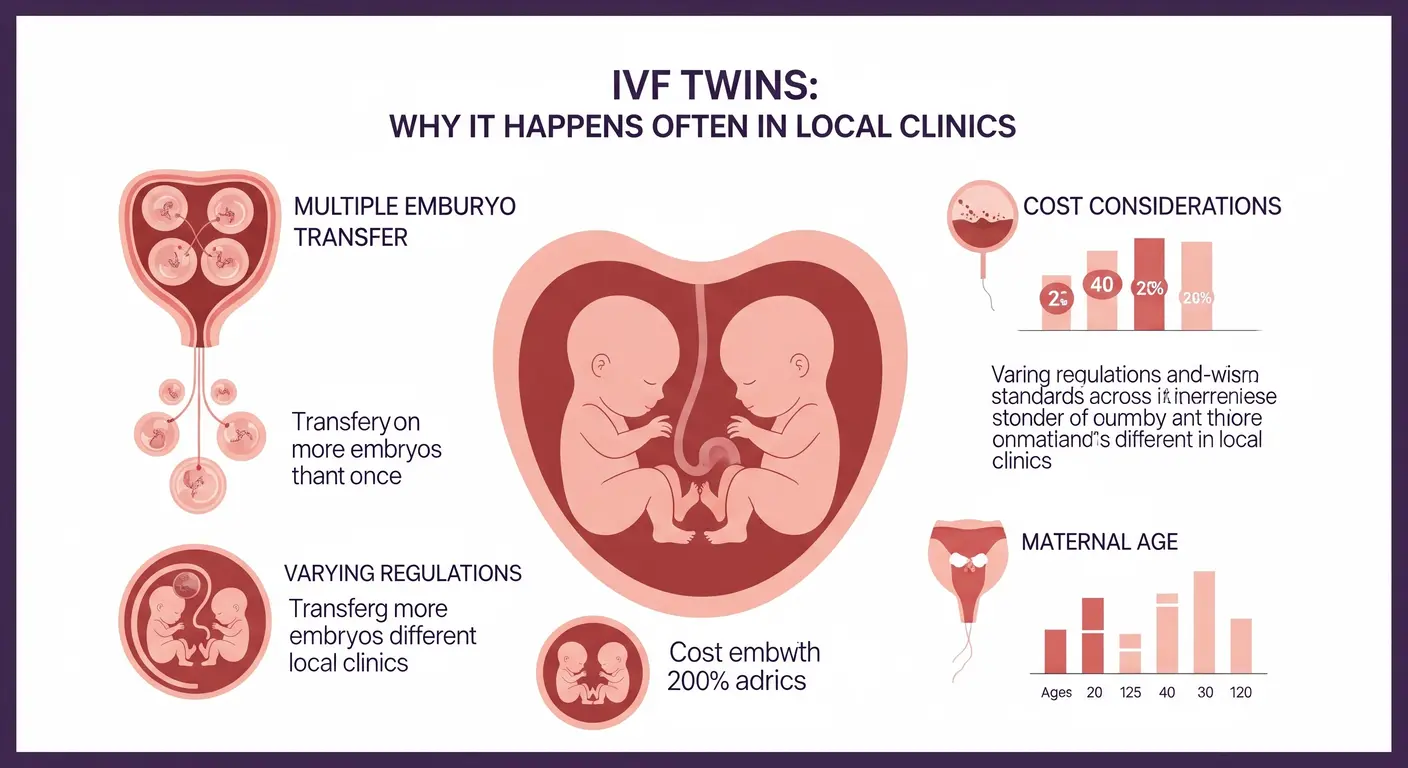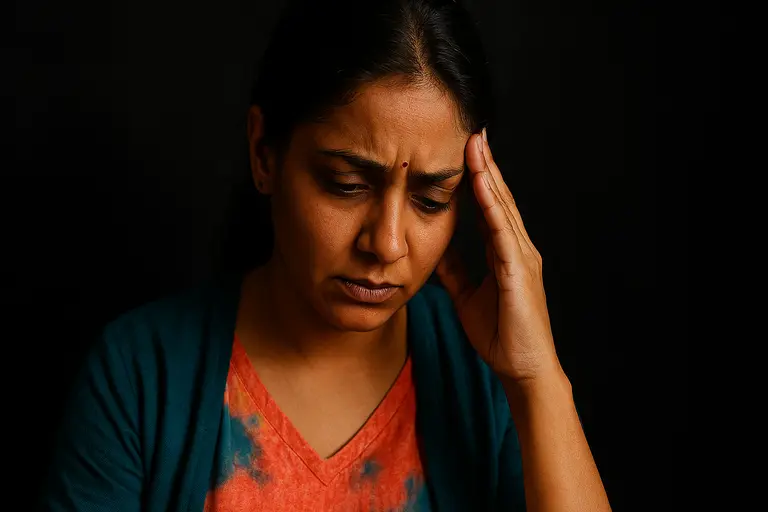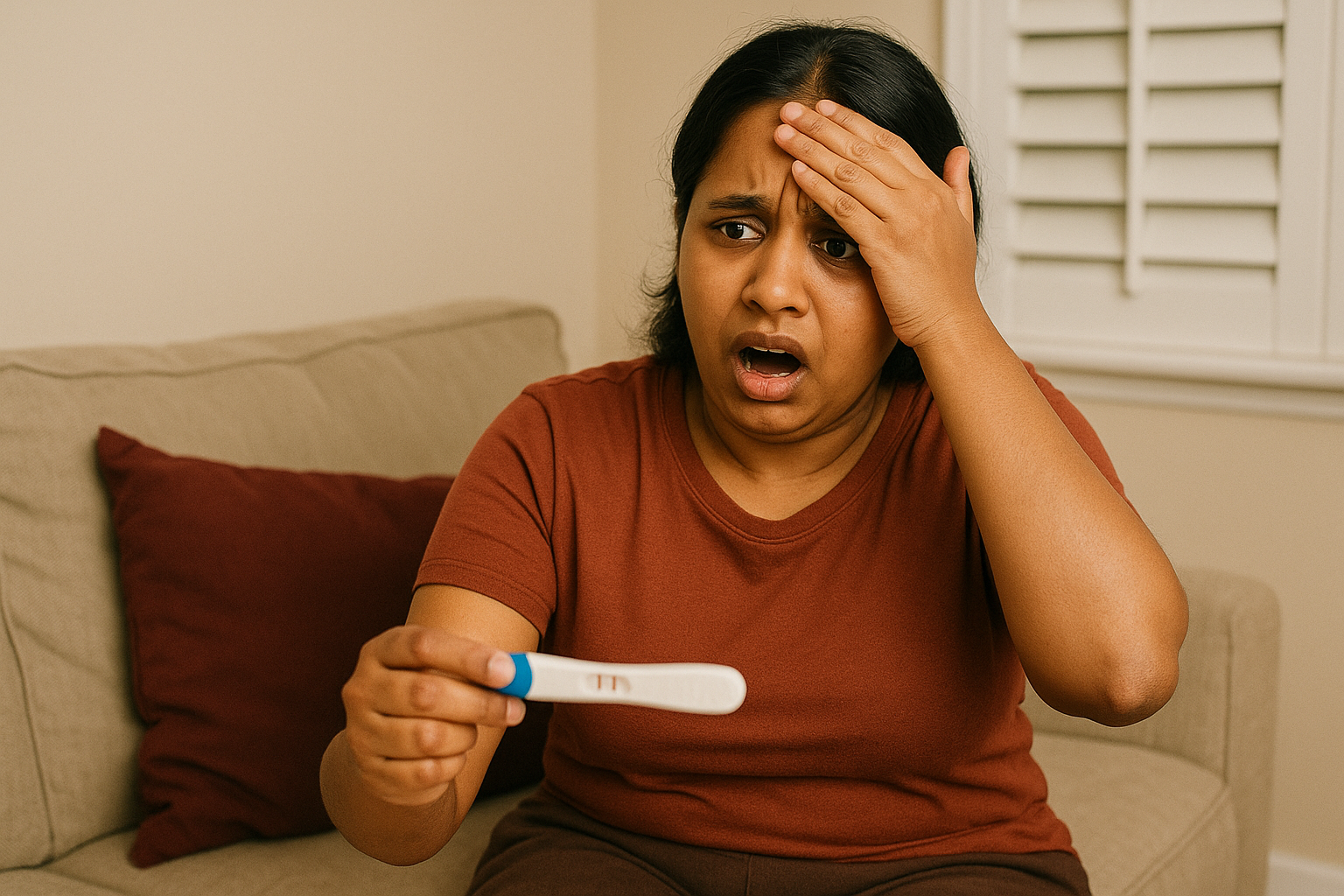Turning 35 can feel like just another candle on the cake—until friends, family, and even Google start telling you that fertility falls off a cliff. If you are planning IVF after 35 in Panchkula, breathe easy. Age is important, but it isn’t the full story. With the right clinic, lifestyle tweaks, and realistic expectations, many couples still welcome healthy babies well past their thirties.
IVF after 35 Panchkula brings unique questions: Will I need more injections? How many embryos will we get? Is success really lower? Let’s answer these with science, real Panchkula case studies, and a dash of Hinglish humour so you can plan with confidence—not confusion.
Why 35 Is a Fertility Milestone (But Not a Deadline)
You might hear that eggs “expire” at 35. Reality check: egg quantity and quality do decline, yet modern embryology labs routinely help women up to 40 + conceive. Think of it like a phone battery—yes, capacity drops over time, but with a fast charger (read: advanced lab tech) you still reach full power.
- Egg quantity: Women are born with all the eggs they’ll ever have; numbers fall faster after 35.
- Egg quality: Chromosomal errors rise, which can lower implantation or increase miscarriage risk.
- Hormone response: Ovaries may need higher stimulation doses, so medication plans are customised.
“Thirty-five is a checkpoint, not a finish line.”
IVF After 35 Panchkula: Success Rates & Real Numbers
At Gulmohar IVF, couples aged 35-38 average a 45 %–55 % live-birth rate per cycle; ages 39-42 see 30 %–40 %. These beat India’s national average of 25 %–35 % (see CDC ART 2021 age tables). Why? Personalized protocols, time-lapse incubators, and strict lab air quality keep embryos stress-free.
External studies agree: a 2020 NIH meta-analysis found tailored stimulation and blastocyst transfer can double success for women 37-40 years compared with older, day-three transfers.
Key Challenges Couples Face With IVF After 35 Panchkula
1. Lower Ovarian Reserve
An AMH blood test and AFC ultrasound check your egg supply. Low doesn’t mean zero—just that we may retrieve fewer eggs per cycle.
2. Genetic Risks
Chromosomal abnormalities rise with age. Pre-implantation Genetic Testing (PGT-A) screens embryos so only euploid ones are transferred, improving take-home-baby odds.
3. Lifestyle Pressures
Panchkula families often say, “Bas ek try aur kar lo!”—adding stress. High cortisol can hinder implantation, so managing emotional health is half the treatment.
“A calm mind signals the uterus: ‘Safe to welcome a guest.’”
IVF After 35 Panchkula: Six Ways to Boost Your Chances
- Start With a Comprehensive Evaluation: Both partners should undergo hormonal, semen, and uterine tests—no blame game, sirf teamwork.
- Freeze Embryos Early: Even if you’re 36, frozen euploid embryos behave like the age at which they were created.
- Optimise Weight & Diet: Swap late-night Maggi for home-cooked dal-sabzi; BMI 22–26 improves response.
- Follow Medication Timings: Set alarms—missing a 10 p.m. injection is like skipping a wicket-keeper in cricket.
- Consider Add-Ons Wisely: ERA, PGT-A, or dual triggers may help; discuss evidence, not marketing hype.
- Choose a Tech-Forward Lab: Look for time-lapse incubators, HEPA-filtered air, and experienced embryologists like Dr Renu Lamba’s team.
Local Case Study: Sector 12 Couple Conquers the “35 Barrier”
Meena (36) had a low AMH of 0.7 ng/ml; her husband Rajat’s sperm were fine. We used a high-dose antagonist protocol, retrieved five eggs, created two blastocysts, did PGT-A, and transferred one euploid embryo. Meena is now 32 weeks pregnant and craving jalebi from Sector 8—it’s our happiest delivery request yet!
Common Myths About IVF After 35 Panchkula
- Myth 1: “I’ll definitely need donor eggs.”
Fact: Over half of women 38-40 still use their own eggs successfully. - Myth 2: “More embryos transferred = higher success.”
Fact: Single euploid blastocyst often beats double untested embryos and lowers twin risks. - Myth 3: “Stress doesn’t matter.”
Fact: Studies link high cortisol to lower implantation; Panchkula’s parks, yoga, or meditation can help.
Questions to Ask Your Doctor About IVF After 35 Panchkula
- What is your live-birth rate for women of my age?
- Do you recommend PGT-A or ERA for my profile?
- How many stimulation cycles might I need?
- What support do you offer for stress management?
- Can I see your embryology lab protocols?
Helpful Gulmohar IVF Resources
External Research & Guidelines
- CDC ART Age-Specific Success Rates 2021
- NIH 2020 Meta-analysis on Advanced-Age IVF
- Mayo Clinic: IVF Overview
- Cleveland Clinic: Fertility & Age
- WHO Infertility Fact Sheet 2023
Ready to Talk?
Want personalised advice on IVF after 35? Book your consultation with Dr. Renu Lamba and discover your best-fit fertility plan.
Disclaimer: This article is for education only. Always consult a qualified fertility specialist for personalised diagnosis and treatment.









